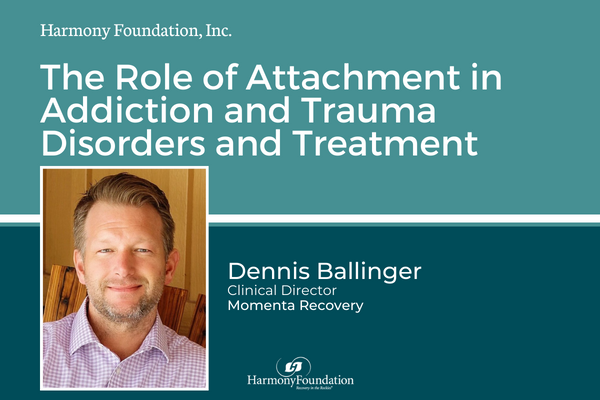Putting the Pieces Together
*This presentation is no longer eligible for a CEU. In this webinar, participants will learn how to put the spirit, skills, and tasks of motivational interviewing into everyday practice. Motivational […]
Putting the Pieces Together Read More »




